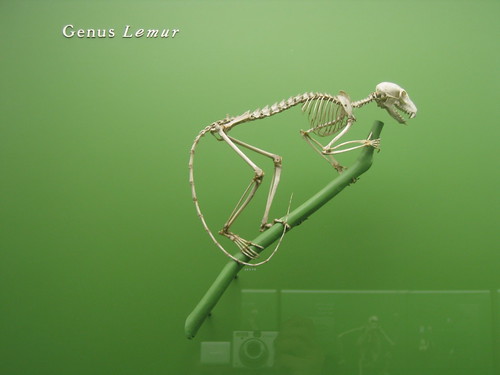As for fossils in general, here is a relevant excerpt that might be of interest:
Figure 1 Schindewolf presented pictures of the skulls of the marsupial Thylacosmilus atrox opposite that of the placental Eusmilus sicarius, the former from the Pleistocene of Patagonia, the latter from the Oligocene of South Dakota. The two forms are separated by thousands of miles spatially and millions of years temporally. Schindewolf's legend beneath the figure is of special significance as it bears, not only on the questions raised here, but also, on the whole issue of Intelligent Design with which those questions are clearly related.
“The skulls of carnivorous marsupials and of true carnivores show an extremely surprising similarity in overall habitus and, in particular, in the unusual overspecialization of the upper pair of canines. The similarities of form are present even in such details as the structure of the large flange on the lower jaw, designed to guide and protect the upper canines.” (Schindewolf, page 261, my emphasis).

Anyways, it is amazing at how this fossil is presented in the media, it really does show the true colors of the media in that Darwinism "reigns supreme". If the scientists who published the work don't agree with the media, they should criticize it in some manner, otherwise they remain "guilty as charged".It should also be obvious that if specific information was preformed in the evolving genome there would be no need for gradual transformations from one form to another, which remains in accord with the conspicuous absence of transitional intermediates in the fossil record. Furthermore, since such transitional forms are also absent in the contemporary biota, there seems to be no compelling reason to postulate their existence during their evolutionary emergence. In short, evolution may have proceeded by a series of instantaneous transformation (saltations) asindependently proposed by both Schindewolf [1993], Goldschmidt [1940] and more recently by the present author [2004]. Such a mechanism represents the very antithesis of the gradualist Darwinian paradigm. The Darwinian model would explain these phenomena as resulting from the gradual accumulation of mutations. Pierre Grasse commented on the Darwinian view as follows.

 A modern lemur
A modern lemur
